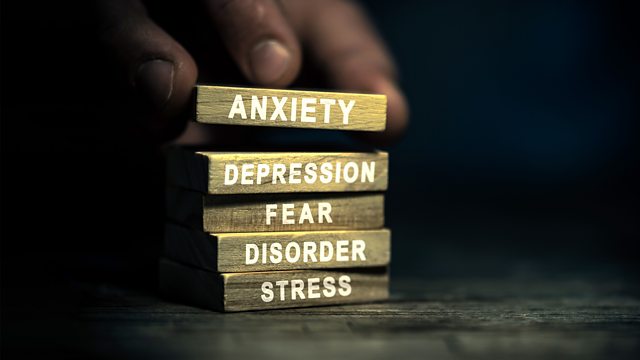Labelling the world
The Diagnostic and Statistical Manual of Mental Disorders is a manual used globally when diagnosing mental health conditions. How does it work, and how profound is its influence?
The number of labels to describe different types of mental disorder has mushroomed in recent years. Relatively new categories include oppositional defiant disorder, prolonged grief disorder and mild cognitive impairment.
Many of the classifications have been created or influenced by a book called the Diagnostic and Statistical Manual of Mental Disorders (DSM). The DSM is the official classification handbook for psychiatrists in the United States – and is widely considered the principal ‘bible’ for psychiatry worldwide.
Advocates of DSM say labels help people take ownership of their situation, provide them with answers they have been looking for, treatments and social support. Meanwhile critics think it creates stigma, medicalises normality and leads to a reliance on drug prescriptions.
UK based musician Jay Emme explores the way the manual's authors come to their decisions and looks at how different labels have been used to classify types of mental illness since the manual was first published in 1952.
Producer: Ashley Byrne
A Made in Manchester production for ���˿��� World Service
(Photo: A stack of wooden bricks showing mental health related words. Credit: Getty Images)
Last on
More episodes
Broadcasts
- Sat 18 May 2024 11:06GMT���˿��� World Service except East and Southern Africa & West and Central Africa
- Sun 19 May 2024 02:06GMT���˿��� World Service
- Sun 19 May 2024 13:06GMT���˿��� World Service East and Southern Africa & West and Central Africa only
- Sun 19 May 2024 16:06GMT���˿��� World Service News Internet
- Wed 22 May 2024 09:06GMT���˿��� World Service
- Wed 22 May 2024 23:06GMT���˿��� World Service

